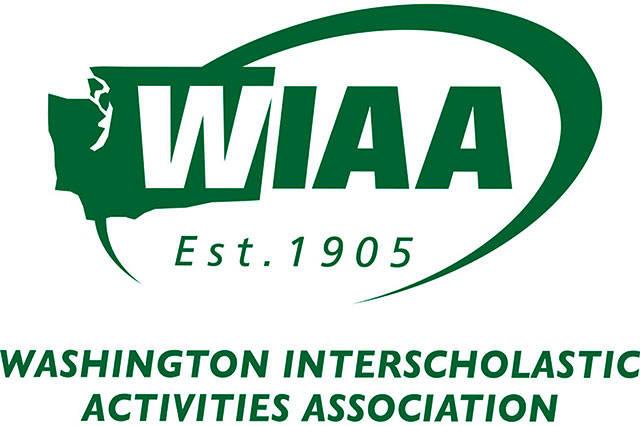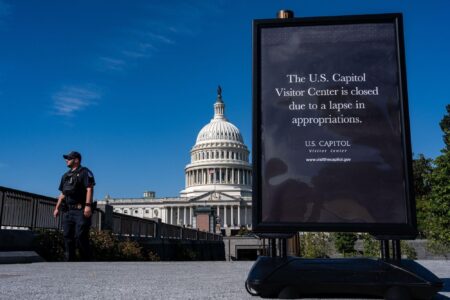Washington High School Sports Poised for Transfer Portal-Style Reforms
WIAA Considers Adopting a Transfer Portal System for High School Athletes
The Washington Interscholastic Activities Association (WIAA) is exploring the introduction of a transfer portal mechanism modeled after collegiate sports systems. This initiative aims to bring greater clarity and fairness to the process of student-athlete transfers between high schools across the state. By creating a centralized platform where athletes can officially declare their intent to transfer, the WIAA hopes to foster transparency and reduce under-the-table recruitment tactics.
Key components of the proposed system include:
- Unified Transfer Registry: A secure, centralized database logging all transfer requests accessible to authorized coaches and administrators.
- Instant Alerts: Automated notifications sent to schools and coaching staff when an athlete enters the portal.
- Designated Transfer Periods: Specific windows during which transfer applications can be submitted and reviewed, ensuring orderly processing.
- Standardized Eligibility Rules: Clear criteria defining when transferred athletes become eligible to compete, promoting fairness.
The WIAA is actively soliciting input from member schools, coaches, parents, and athletes to refine these proposals, aiming to balance student opportunities with the integrity of athletic programs.
| Feature | Existing Process | Proposed Transfer Portal |
|---|---|---|
| Transparency | Limited visibility | Comprehensive and open |
| Recruitment Oversight | Informal and inconsistent | Centralized monitoring |
| Notification Method | Manual communication | Automated alerts |
| Eligibility Enforcement | Varies by district | Uniform standards |
How Transfer Portal Rules Could Reshape Athlete Movement and Eligibility
Implementing a transfer portal system could transform how student-athletes navigate transfers within Washington’s high school sports landscape. By simplifying and standardizing the process, athletes would gain clearer guidance on their options, while schools could better manage recruitment and eligibility concerns. However, the introduction of stricter eligibility checks may also limit transfers motivated primarily by competitive advantages, ensuring moves are made for genuine academic or personal reasons.
Potential advantages of the new system include:
- Enhanced transparency in transfer declarations and approvals
- Improved adherence to WIAA policies and regulations
- Fairer access to athletic opportunities for students from varied backgrounds
On the other hand, some concerns persist regarding the impact on team cohesion and athlete development. Coaches may need to adjust recruitment and training strategies if transfer frequency decreases due to new restrictions. Maintaining a balance between athlete welfare and competitive fairness remains a central theme in ongoing discussions.
| Aspect | Current Policy | Proposed Portal Framework |
|---|---|---|
| Transfer Approval Process | Direct school negotiations | Managed through centralized portal |
| Waiting Period | Varies by district | Standardized 30-day waiting period |
| Eligibility Verification | Manual documentation | Automated verification via portal |
Maintaining Fairness While Respecting Athlete Choice
The WIAA faces the challenge of crafting transfer regulations that uphold competitive balance without unduly restricting student-athletes’ freedom to pursue better academic or athletic environments. Supporters argue that a transfer portal can curb last-minute, incentive-driven moves that disrupt team stability and competition integrity. Conversely, critics warn that overly rigid rules might limit young athletes’ ability to find programs that align with their goals and needs.
Key considerations in striking this balance include:
- Transparency: Ensuring all parties clearly understand transfer procedures and consequences.
- Efficiency: Processing transfer requests promptly to minimize interruptions to athletes’ academic and athletic schedules.
- Equity: Preventing recruitment abuses while accommodating legitimate personal circumstances.
- Support Systems: Offering guidance to athletes and families about eligibility rules and transfer implications.
| Policy Element | Benefits | Challenges |
|---|---|---|
| Mandatory Waiting Period | Discourages last-minute transfers | Could delay necessary moves for personal reasons |
| Transfer Portal Access | Improves transparency and record-keeping | May increase pressure or misinformation among stakeholders |
| Exception Policies | Allows flexibility for unique cases | Potential for subjective decision-making |
Strategies for Transparent Rollout and Inclusive Stakeholder Participation
For the successful adoption of transfer portal regulations, the WIAA must prioritize open communication and active engagement with all stakeholders. School leaders should facilitate ongoing dialogue through forums, surveys, and digital platforms to address concerns and clarify policy details. This transparency builds trust and helps communities understand both the advantages and limitations of the new system.
Recommended steps include:
- Publishing comprehensive guidelines covering eligibility, timelines, and appeals
- Hosting town halls and online Q&A sessions to gather diverse feedback
- Developing a user-friendly online portal with real-time updates and educational resources
Collaboration is essential to tailor policies that reflect the needs of athletes, coaches, parents, and administrators. For example, coaches can provide insights on maintaining competitive balance, while families can highlight practical challenges faced during transfers. The following framework outlines phases of stakeholder involvement:
| Phase | Stakeholder Engagement | Expected Outcome |
|---|---|---|
| Consultation | Surveys, focus groups, and interviews | Gather concerns and expectations |
| Collaboration | Working groups and pilot programs | Develop and refine policy details |
| Implementation | Training sessions and resource distribution | Ensure smooth adoption and compliance |
Looking Ahead: The Future of High School Athlete Transfers in Washington
As the WIAA advances discussions on adopting transfer portal-like regulations, the high school sports community in Washington watches closely. Proponents emphasize the potential for increased fairness and transparency, while opponents caution about unintended effects on team chemistry and athlete freedom. The forthcoming decisions will play a crucial role in shaping the future framework for athlete mobility and competitive integrity in the state’s secondary school sports programs.
USA TODAY High School Sports remains committed to providing ongoing coverage and analysis as this important story unfolds.





